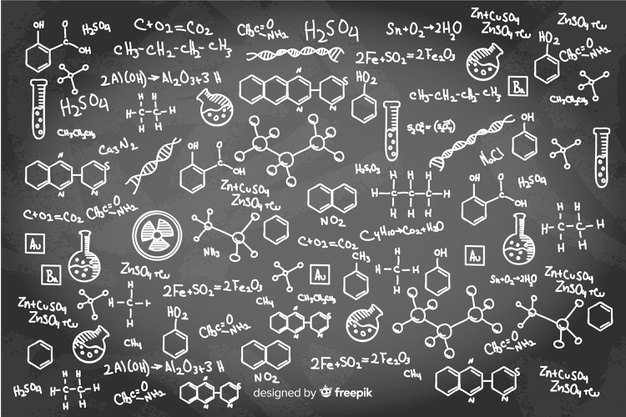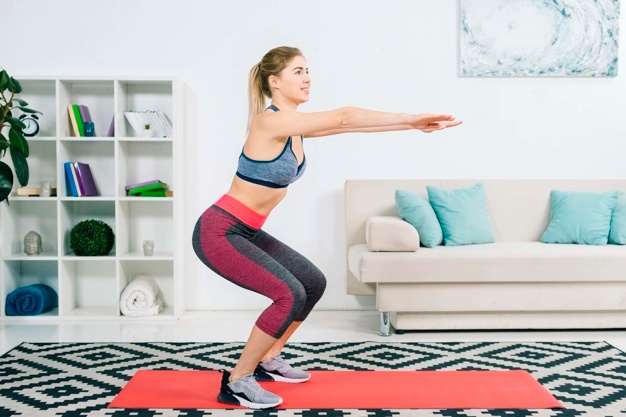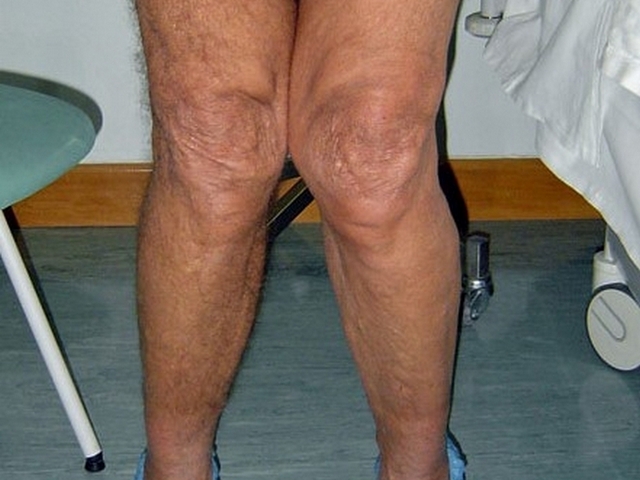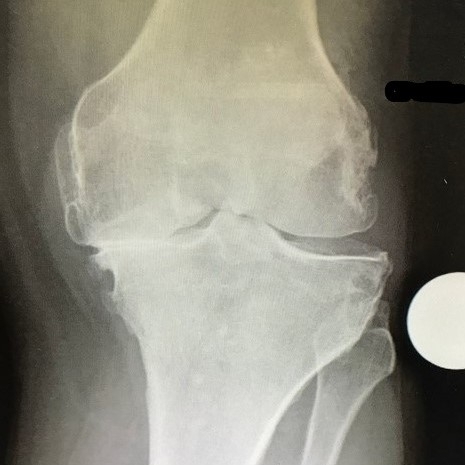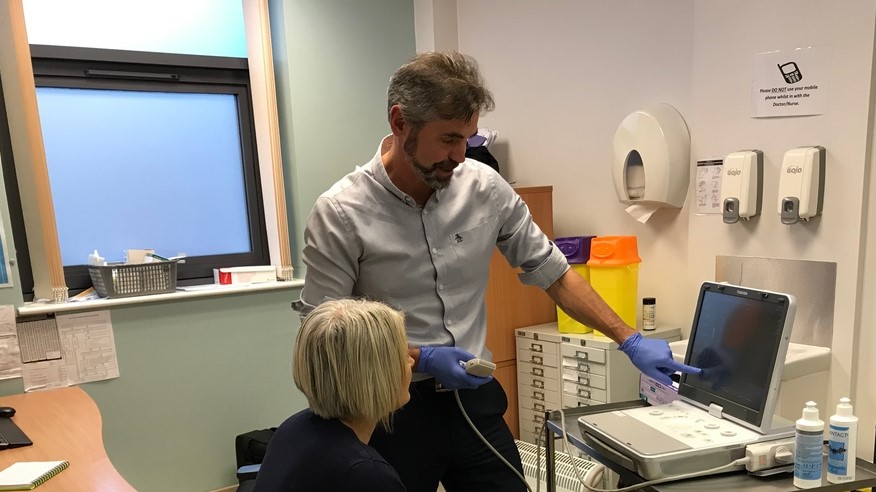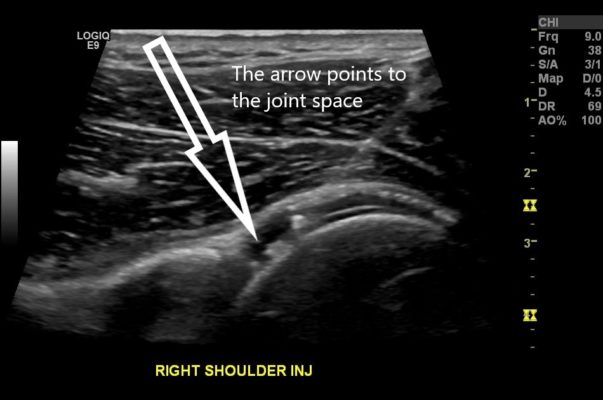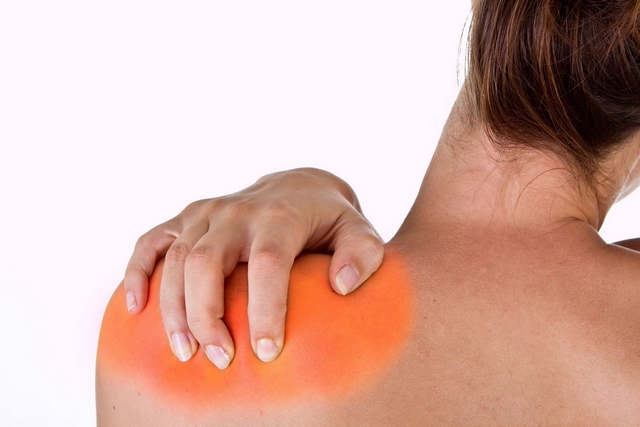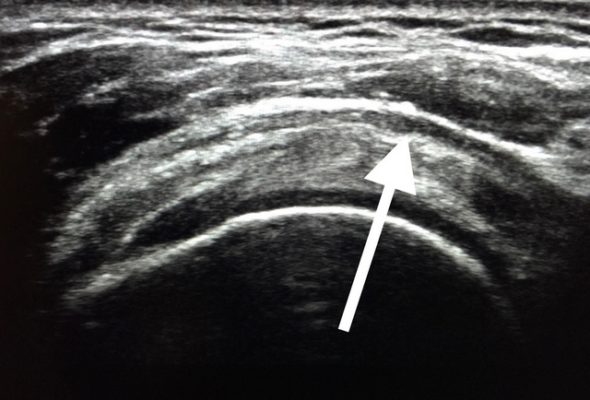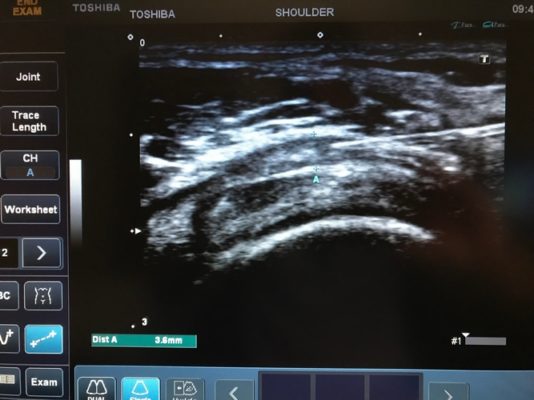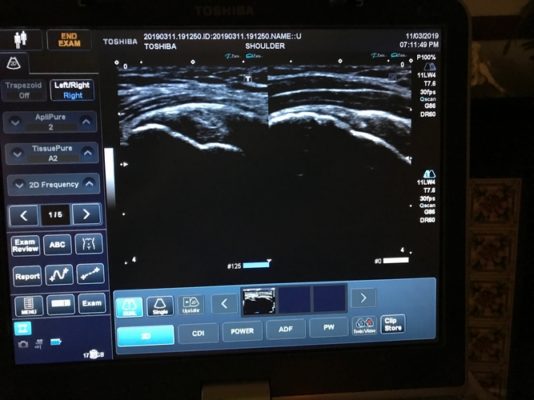The importance of chemistry
In the previous blog, we discussed how pain was initiated from chemical, mechanical and thermal changes.
This article provides a brief overview of how chemistry and chemical /cellular interactions are the foundation of all living things.
Such is the importance of our own chemistry, if we develop a chemical imbalance we get a warning in the form of an ache, a pain or a feeling of 'dis-ease'. As a result of this warning we then have a chance to take action and make necessary changes. Changes that could prevent tissue damage or the development of disease.
Changing your chemistry is easy.
You can change your chemistry in a matter of seconds, either with a thought or a drug. A single scary moment will initiate a cascade of chemical reactions that will change your blood pressure, digestive enzymes, heart rate and much more. A single cup of coffee will do similar things.
After these effects the body fights to regain normality, a balance; what is refereed to as homeostasis.
Unfortunately, sometimes it takes several hours, days or even months for the body to regain normal chemistry. Sometimes, normality cannot be re-attained because of a disease process or because essential ingredients are missing.
The importance of ingredients and the oven
You cannot bake a cake if your oven is broken, you can't make a cake if you don't have any eggs!
Our bodies are constantly cooking up new material and making new tissue. We have a digestive system to process food and extract key ingredients. We have a liver and kidneys to filter out toxins and waste products; the stuff we don't need. We have specialised cells to build new cells and construct new tissue.
For this process to work, we need a working 'oven' and a constant supply of the correct ingredients.
If any part of this process is missing or fails to work, we then have a health problem.
In most cases, if the problem reaches a stage were it could potentially cause damage, then our body will send us a warning. Not an email or a 'whats app' message, but quite often a 'pain'.

Interpretation of the chemical warning
The interpretation of a chemical initiated warning is difficult. How do you know if your painful and aching joints are related to a lack of vitamin D or mechanical wear and tear; or both?
What if you are low on iron, or if your kidneys aren't clearing out all your toxins?
What if your back pain is related to the chemical process that occurs when fighting an infection?
What if you are eating the right foods but your stomach fails to extract the key ingredients?
There are that many chemical reactions that the process of diagnosis is complex and confusing and sometimes seems endless. And, even if a test is positive there is still often another 'why?'.
For example, if a blood test shows your are low in iron; you then have to answer why?
Is it your diet? is it a failure to adsorb iron? or is it a problem in the bodies ability to make red blood cells etc?
What is the solution?
The first and most important thing to do is to have focus on what you have an ability to change.
Don't get caught up in too much specific detail. Firstly, are you putting the correct ingredients into your body??
Remember 'you can't bake a cake without eggs'
There are millions of people who are low in vitamins and minerals and people with highly toxic diets and thousands who are simply dehydrated.
Many people have low levels of exercise and activity and consequently their 'ovens' aren't fully fired up.
There are individuals who are sleep deprived and mentally stressed, anxious and full of negative thoughts.
And these people are still working and living, but feel unwell or tired or have general aches and pains.
The solution is definitely not to cover up this warning with pain medication, but to take action and improve all that is within an individuals control.
Can you make one change today that will improve your chemistry?
Please Note: There are diseases and pathology that prevent good health irrespective of an individuals actions. The advice in this blog is not a substitute for medical opinion. Always consult your healthcare professional for specific advice on your personal condition. But please remember, best health irrespective of condition will always be optimised if your chemistry is made as good as possible.
